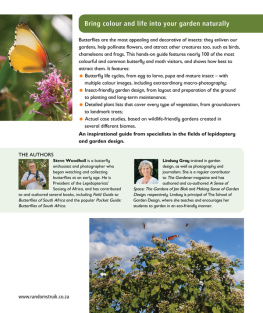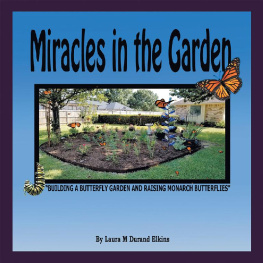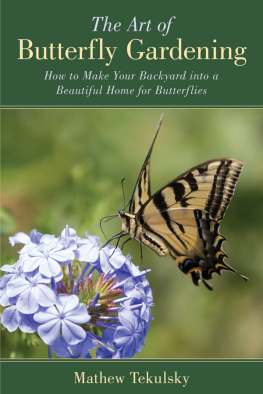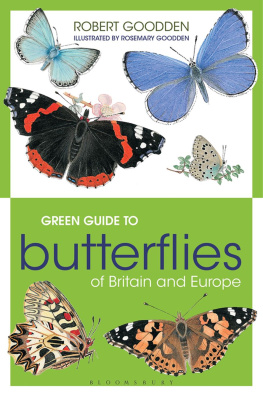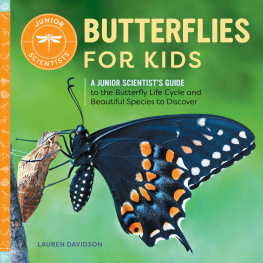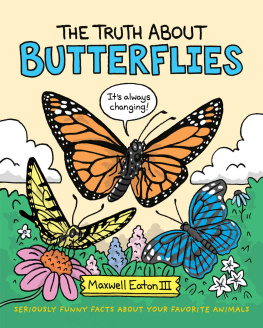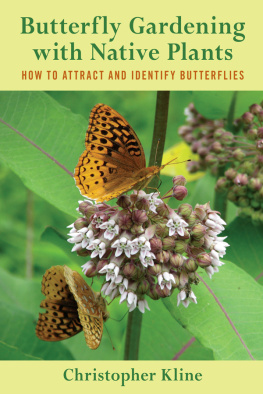
Published by Struik Nature (an imprint of Penguin Random House South Africa (Pty) Ltd)
Reg. No. 1953/000441/07
The Estuaries No 4, Century Avenue (Oxbow Crescent), Century City, 7441
PO Box 1144, Cape Town, 8000 South Africa
Visit www.randomstruik.co.za and join the Struik Nature Club for updates, news, events and special offers
First published 2015
10 9 8 7 6 5 4 3 2 1
Copyright text, 2015: Steve Woodhall & Lindsay Gray
Copyright photographs, 2015: Steve Woodhall & Lindsay Gray, except where listed alongside photograph
Copyright published edition, 2015: Penguin Random House South Africa (Pty) Ltd
Publisher: Pippa Parker
Managing editor: Helen de Villiers
Editor: Colette Alves
Designer: Janice Evans
Proofreader: Tina Mssmer
Reproduction by Hirt & Carter Cape (Pty) Ltd
Printing and binding: Paarl Media, Jan van Riebeeck Avenue, Paarl, South Africa
All rights reserved. No part of this publication may be reproduced, stored in a retrieval system, or transmitted, in any form or by any means, electronic, mechanical, photocopying, recording or otherwise, without the prior written permission of the copyright owners and publishers.
Print 978 1 77584 124 1
E-pub 978 1 77584 328 3
E-PDF 978 1 77584 329 0
Front cover: (main) Dusky-veined Acraea; (bottom left to right) Cherry Spot larva; Protea Charaxes pupa; Steve Woodhalls garden; Brown-veined White; Clivia miniataBack cover: (top) Common Dotted Border; (bottom) Vernonia colorata

This book is printed on FSC-certified paper. FSC (Forest Stewardship Council) is an independent, international, non-governmental organization. Its aim is to support environmentally sustainable, socially and economically responsible global forest management.
The butterflies and moths featured in this book are those most likely to be seen in almost any garden in South Africa. Should you find an unfamiliar butterfly that is not covered here, you can consult Steve Woodhalls Field Guide to the Butterflies of South Africa, which covers all the regions butterflies. Most guides on moths are currently out of print; for more information about moths you can contact the Lepidopterists Society of Africa (www.lepsoc.org.za). Another option is to visit the LepiMAP Virtual Museum and, if you have a digital photograph available, post it on the museum, where it will be identified by one of the experts. Instructions for registering at the Virtual Museum are given at lepimap.adu.org.za.
CONTENTS
ACKNOWLEDGEMENTS
In a cross-over book like this we have had to rely on the help of many people from different parts of our lives. The list is long, and we may have missed a few people. If we have, our sincere apologies! Our heartfelt gratitude goes to:
Neville Chapman and Paradise Duma of Garden Scapes for their hard work and enthusiasm in interpreting Lindsays design for Steves garden.
The homeowners who allowed us to feature their gardens Rosie and Mark Drummond, Jennifer and Jonathan Oppenheimer, Cecily Salmon and Mark Liptrot, and Lynnette Joyce of Earthbound Landscapes, who shared her clients garden.
Elsa Pooley for her advice, and for writing the beautiful foreword.
For generous support, advice, and allowing us to take photographs of their gardens and farms Richard Boon, Julia and Charles Botha, Stella and Kevin Cockburn, Alicia and Sean Culverwell, Barbara Joannou, Martin Krger, Jack Mason, Jackie and Neil McFadyen, Geoff Nichols, Lieveke Noyons, Strilli and Nicky Oppenheimer, Anne and Ernest Pringle, Scott Bader (Pty) Ltd., Ricard Strauss, Anno Torr, Esther and Eugene van der Westhuizen, Luelle and Jimmy Watts, Mark Williams, and Christopher Willis.
Hermann Staude, Silvia Mecenero Kirkman, and Ian and Allison Sharp for the groundbreaking Caterpillar Rearing Group.
Photographers Justin and Yolande Bode, Andr Claassens, Andr Coetzer, Jeremy Dobson, Bernard du Pont, Kevin Drummond-Hay, Mandy Freeman, Phyllis Green, Graham Henning, Richard Jessnitz, John Joannou, Steve Johnson, Andrew Morton, Rick Nuttall, Rolf Oberprieler, Wolf-Achim and Hanna Roland, Raimund Schutte, Reinier Terblanche, Luelle Watts, Peter Webb, Bart Wursten.
Pippa Parker, Colette Alves, Janice Evans and Colette Stott of Penguin Random House for their unruffled professionalism.
And last, but not least, Jayne Woodhall for patience and putting up with the two of us huddled behind the iMac, uttering arcane incantations
Without each one of you, this book could never have happened.
LINDSAY GRAY
Principal: The School Of Garden Design
STEVE WOODHALL
President: The Lepidopterists Society of Africa
FOREWORD
Gardening for Butterflies fills a wonderful gap in the market! Steve Woodhall and Lindsay Gray have combined their knowledge and talents to provide the first fully illustrated photo guide to gardening for butterflies in South Africa. The aim of the book is to help you create a habitat where you will see butterflies in your garden on a regular basis and not just occasional visitors dropping in. Gardening for butterflies has been a popular concept for some time now, and many indigenous plant nurseries have sections devoted to butterfly-attracting plants. This book goes one step further it includes the common moths that can be found in gardens and explains the difference between moths and butterflies. It encourages the gardener to provide a range of habitats in the garden and to plan the design accordingly.
The distinction between plants that provide nectar for the butterflies and moths and plants that will feed the caterpillars is important. Butterflies and moths are fairly indiscriminate in their nectar source. The larvae or caterpillars are often dependent on specific plants for their food. This requires a wide range of plants in the garden if you want a wide range of butterflies. The authors suggest starting with the common local butterfly species and then paying attention to the habitats and biomes all described in some detail in the book.
Despite the interest in butterfly gardening, many gardeners have not appreciated the fact that attracting butterflies also means that you will have their larval stage caterpillars turning some of your plants into lace and possibly defoliating them altogether (dont worry, the plant will recover fully, unaffected by losing all its leaves). While this should make the gardener excited at the thought of the butterfly or moth to come, it often brings out the poison sprays! Creating a wildlife habitat in your garden means throwing away the insecticides and pesticides. The good news is that, when poisons are no longer used, natural predation quickly takes over and a balanced environment establishes itself. Gardeners need to have patience, and wait for the birds and chameleons, skinks, geckos and frogs which will move into a pesticide-free environment and control the caterpillars.
Enjoy this wonderful book. It will inspire you to turn your garden into a beautiful butterfly- and moth-friendly environment.
ELSA POOLEY
Doctor of Science, honoris causa

The presence of a male Natal Bar form obscurus perching on a prominent twig is a good sign that your gardens ecosystem is butterfly friendly.
Next page
